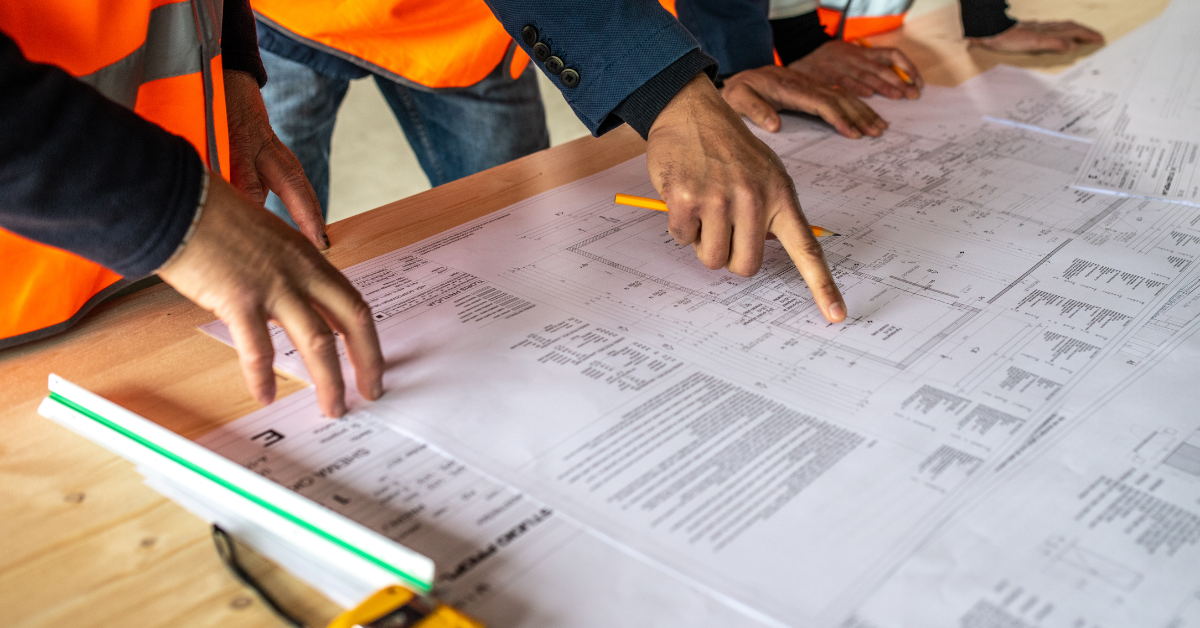Blueprint for Success: A Comprehensive Guide to Construction Planning

Construction planning is the foundation of any successful building project. It involves careful steps to ensure every aspect is well thought out and executed efficiently. Proper planning sets the stage for a smooth construction process, minimizes risks, reduces costs, and ensures timely completion. This guide will walk you through the essential stages of construction planning, the role of technology, and the benefits of thorough preparation.
The Importance of Construction Planning
Effective construction planning is crucial for several reasons:
- Risk Mitigation: Identifying potential issues and planning for contingencies can prevent costly delays and disruptions.
- Cost Control: A well-drafted plan helps in budgeting accurately, thereby avoiding unexpected expenses.
- Timely Completion: Proper scheduling ensures that resources are allocated effectively and the project stays on track.
Key Stages of Construction Planning
Initial Concept
The planning process begins with the initial concept phase. This stage involves defining the project’s scope, objectives, and requirements. Stakeholders, including clients, architects, and engineers, come together to discuss the vision and goals of the project, often utilizing tools like the Biddi app to enhance collaboration and streamline communication.
Steps Involved:
- Feasibility Study: Assess the viability of the project, considering factors such as location, environmental impact, and regulatory requirements.
- Site Analysis: Evaluate the site conditions, including soil quality, topography, and accessibility.
- Preliminary Design: Develop initial sketches and layouts to visualize the project.
Design Development
Once the initial concept is approved, the design development phase begins. This stage involves creating detailed drawings and specifications that outline the project’s structural, mechanical, electrical, and plumbing systems.
Steps Involved:
- Architectural Design: Create detailed architectural plans, including floor plans, elevations, and sections.
- Engineering Design: Develop structural, mechanical, and electrical plans to ensure the building’s stability and functionality.
- Material Selection: Choose appropriate materials that meet the project’s specifications and budget.
Budgeting
Budgeting is a critical component of construction planning. It involves estimating the costs associated with labor, materials, equipment, and other expenses. A well-prepared budget ensures that the project remains financially viable.
Steps Involved:
- Cost Estimation: Break down the project into individual components and estimate the costs for each.
- Contingency Planning: Allocate a contingency fund to cover unexpected expenses.
- Financial Planning: Secure financing and establish a payment schedule to manage cash flow effectively.
Scheduling
Scheduling involves creating a timeline that outlines the sequence of activities and milestones. A well-structured schedule ensures that resources are allocated efficiently and that the project progresses smoothly.
Steps Involved:
- Activity Sequencing: Identify the tasks required to complete the project and arrange them in a logical sequence.
- Resource Allocation: Assign labor, equipment, and materials to each task based on availability and skill requirements.
- Timeline Development: Create a detailed timeline that includes start and end dates for each task and milestone.
The Role of Technology in Modern Construction Planning
Technology plays a vital role in modern construction planning. Tools like Building Information Modeling (BIM) and project management software have revolutionized the way projects are planned and executed.
Building Information Modeling (BIM)
BIM is a digital representation of the physical and functional characteristics of a building. It allows stakeholders to visualize the project in 3D and identify potential issues before construction begins.
Benefits of BIM:
- Improved Collaboration: BIM enables real-time collaboration among stakeholders, reducing miscommunication and errors.
- Enhanced Visualization: 3D models provide a clear understanding of the design and construction process.
- Risk Reduction: Identifying and resolving issues in the virtual model minimizes risks during construction.
Project Management Software
Project management software helps in planning, scheduling, and monitoring the progress of construction projects. It provides tools for task management, resource allocation, and communication.
Benefits of Project Management Software:
- Efficient Scheduling: Automated scheduling tools help in creating and updating timelines.
- Resource Management: Track the availability and utilization of resources in real-time.
- Progress Monitoring: Monitor the project’s progress and make data-driven decisions to keep it on track.
Benefits of Thorough Planning
Thorough construction planning offers numerous benefits, including:
- Minimizing Risks: Identifying potential issues and planning for contingencies helps in mitigating risks.
- Reducing Costs: Accurate budgeting and resource allocation prevent cost overruns.
- Ensuring Timely Completion: A well-structured schedule ensures that the project stays on track and meets deadlines.
Read Also: Sustainable Practices in Greenhouse Agriculture
Conclusion
Construction planning is crucial for the success of any building project. By following key planning stages, using modern technology, and recognizing the benefits of thorough preparation, you can ensure a smooth and efficient construction process. Whether you’re a seasoned pro or a beginner, this guide offers a blueprint for success in construction planning.






